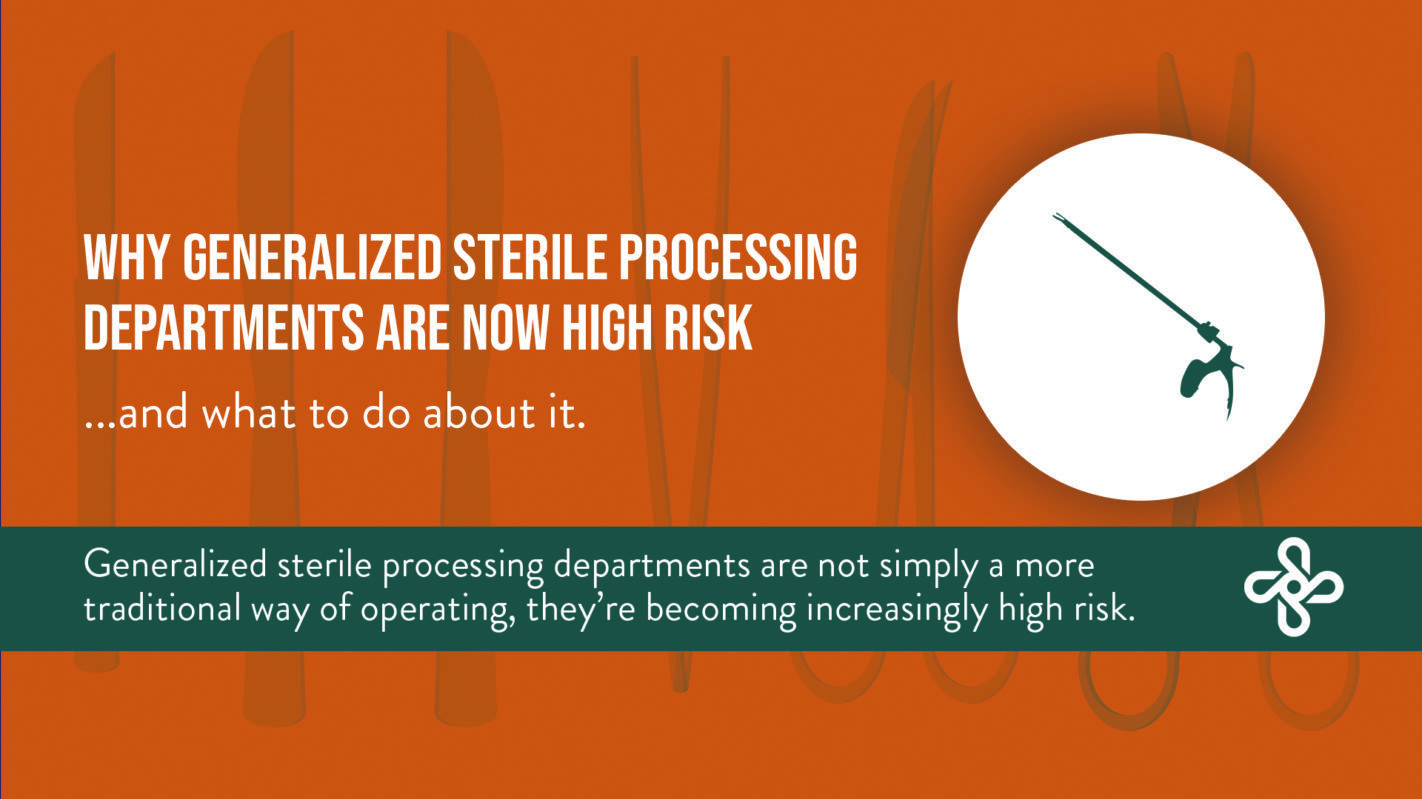
May 4, 2017
In the original Star Wars movie, we cheered as the Rebel Alliance strike teams zipped through the trenches of the Death Star to hit a tiny target and win a great victory. (Yes, today is Star Wars Day – May the Fourth be with you!)
 Laparoscopic surgeons use similar tactics as they navigate narrow openings in tightly focused procedures to help patients achieve big improvements. As demand for such services continues to increase and your hospital grows its laparoscopic services, you’ll need a minimally invasive surgical support (MISS) program you can rely on. Our latest guide, The True Value of a Minimally Invasive Partner in Your OR, will help you navigate the process of providing a strong, integrated partner for your surgeons and OR teams.
Laparoscopic surgeons use similar tactics as they navigate narrow openings in tightly focused procedures to help patients achieve big improvements. As demand for such services continues to increase and your hospital grows its laparoscopic services, you’ll need a minimally invasive surgical support (MISS) program you can rely on. Our latest guide, The True Value of a Minimally Invasive Partner in Your OR, will help you navigate the process of providing a strong, integrated partner for your surgeons and OR teams.
Staffing: Is the team up to the challenge?
As the technologies and instruments vital to minimally invasive procedures continue to advance, technicians must stay current on their skills. Ask how your clinical partner recruits, prepares, and trains the technicians who will support your surgeons in the OR. Check on their precise responsibilities and credentialing standards as well as their turnover and retention statistics. Make sure they can earn your trust.
Costs: Are the costs outweighing the benefits?
Equipment inefficiency and failure result in high costs for hospitals, so you need your MISS partner to use methods that ensure OR readiness, avoid downtime, and optimize asset utilization. Get an explanation for how equipment will be purchased, repaired, and maintained. Is the fox guarding the henhouse? Make sure you understand how you’re being charged for repairs and replacements.
Quality: Can the minimally invasive partner prove their approach will reduce costs and improve patient outcomes?
You are required to validate your programs, so you need partners who can validate theirs. Ask for data about their quality. Some metrics may include their use of immediate use steam sterilization or rate of equipment failure. Also ask for quality reports and benchmarking capabilities that may help you coordinate improvements in your clinical care and processes.
Experience: What’s your track record?
Learn how long the MISS provider has been performing minimally invasive services, and ask about their scope. You want both depth and breadth of experience to support your OR. A partner with broad experience can bring insights from many hospitals; a partner with deep experience can support more complex cases.
Satisfaction: Do other hospitals or surgeons recommend this partner?
This key question is the basis of a common satisfaction metric called the Net Promoter Score (NPS). The higher the score, the better. Ask your potential partner if they have any such satisfaction data to share.
Compliance: Can this partner help my hospital maintain regulatory compliance?
You’re already buried in compliance requirements, and you need a partner who can be a help, not a hindrance, in cutting through the compliance clutter. Is the partner certified by The Joint Commission? Are technicians trained in appropriate, compliant practices? Find a partner who can save you some headaches.
These tips will help you pilot your way through the obstacles to target the right partner for your minimally invasive surgical support program. To learn more, download our free guide to understand what a truly strong MISS partner can bring to your organization.
LEARN MORE ABOUT MISS



Comments are closed.